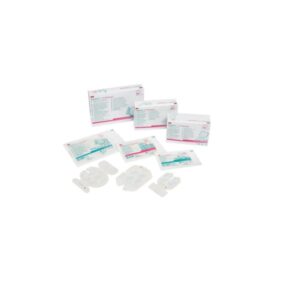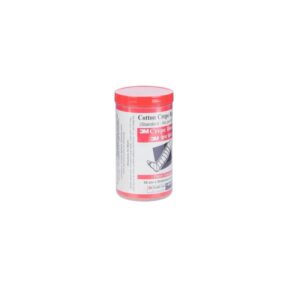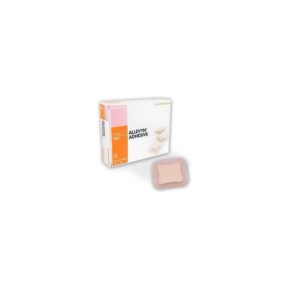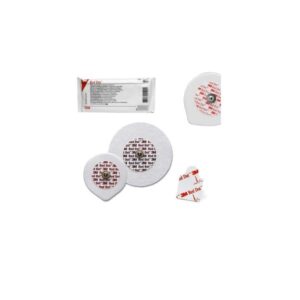The Life Flow is an IV Cannula without Port that has a specially designed thumb stop to prevent any instability during needle insertion
The cannula has a siliconised and ground stainless steel needle with ultra-sharp triple facet bevel for smooth and painless venipuncture
For immediate confirmation of venipuncture; the IV cannula is equipped with a transparent flashback chamber
The catheter made of kink resistant and bio-compatible PTFE offers extremely smooth inner and outer surfaces to ensure easy venipuncture with minimum trauma
The IV catheter has a gently tapered tip aligns with needle bevel that allows for smooth transition from needle to catheter
These IV cannulas are available in the sizes of 16/18/20/22 gauge
They come in a standard packing of 100 units per box
Intravenous (IV) cannulation is a process in which a cannula is placed inside a vein to provide access for multiple actions such as blood sampling, administration of fluids, medication, parenteral nutrition, chemotherapy for cancer drugs and various other blood products. Complications such as hematoma, infiltration, embolism and phlebitis may occur during cannulation and healthcare providers should take precautions for the same.
A needle is inserted through the skin of the patient into one of the veins. The needle is later removed, leaving just a tiny, thin, flexible tube inside your vein. The IV cannula is safely taped into place with the use of medical tapes. The IV cannula should not hurt when it is in place, and can be left in place for several days.
IV cannulas are available in different gauge sizes and in general the smallest gauge should be used to effectively administer the fluid. This ensures that there is limited trauma to the vein. In case of emergencies, the larger sizes can be used for greater flow rates can be maintained for required fluids. The 2 way IV cannulas and 3 way IV cannulas are available with or without injection ports
IV cannulas are used to perform the following functions:
Regular blood sampling
Monitoring and administration of intra venous fluids
Administration of chemotherapy drugs through the IV route
Channel for IV nutrition and IV control of radiologic agents such as those used in magnetic resonance imaging (MRI)
CT scans (computed tomography) and nuclear imaging
The cannula will be removed after your treatment ends. It is recommended to replace the cannula if it is not working properly. It should be replaced routinely if still in use every 72 hours.
 REGISTER
REGISTER
 SIGN IN
SIGN IN








